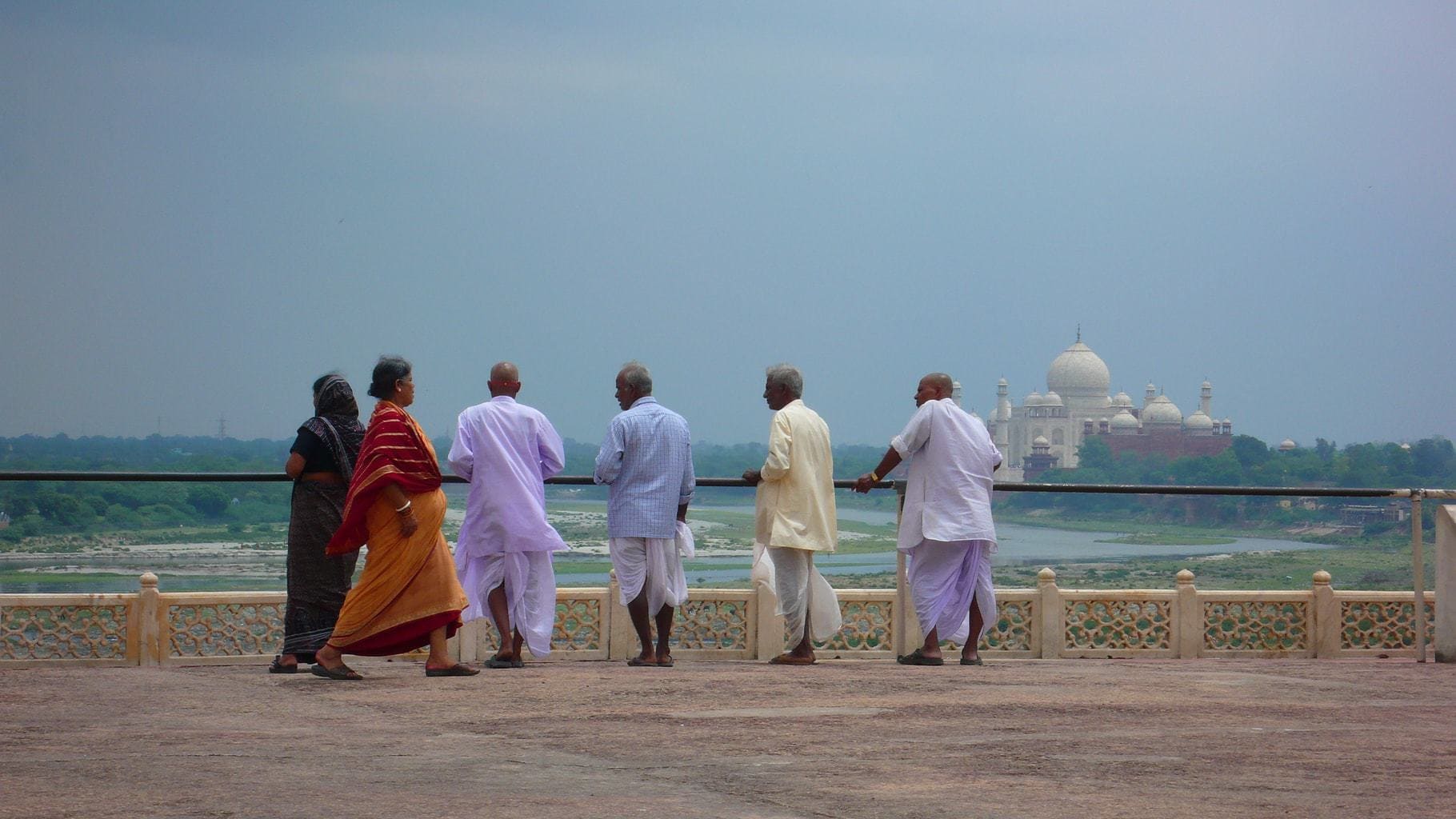Every time you look through your camera's viewfinder, frame the frame, and press the shutter, you're using a shot. Surely by now many of them you use intuitively, or you have gotten used to some of them because you feel comfortable, it is your style or you have not stopped to think too much about it and the many possibilities and messages they transmit.
A plane is understood as the level or proportion and the angle that your protagonist occupies within the frame, and depending on this, you can decide what you are going to explain; Do you want to be close? Far away? Do you want to place it in a context? Do you want to give more importance to the context than to your protagonist? Are you going to photograph it directly in the eyes, or are you going to photograph it from a high place?
Photography shots offer multiple meanings and sensations, and using them consciously will become another way of transmitting an emotion, a message; In short, they will help you explain the story that you have decided to represent in images.
We are going to see all the types of photographic planes differentiated into two groups, the first will group the photographic planes according to the size that a subject occupies in the scene (closeness or distance) and the second, according to the angle of the protagonist with respect to your camera.
PHOTOGRAPHIC PLANES DEPENDING ON THE SIZE OF THE SUBJECT
GREAT GENERAL SHOT OR LONG SHOT:
The general shot is the most descriptive, since it is the most open shot (the one that captures the greatest percentage of the scene). Here the characters have no or very little identity, since the important thing is the location; the setting or context of the image.
General or long photography plans (sometimes also called panoramic) are the ones you use, for example, to photograph landscapes, whether urban or natural. Although in principle, it is a plane in which no specific characters stand out, you can use it to transfer drama to the image. A person (or object) alone in the middle of a vast space automatically leads us to a feeling of loneliness or detachment.
For this type of photographic shots, the most recommended lens is the wide angle (from 14mm to 30mm approximately), as it is the one that allows the widest angle to be collected from a scene.
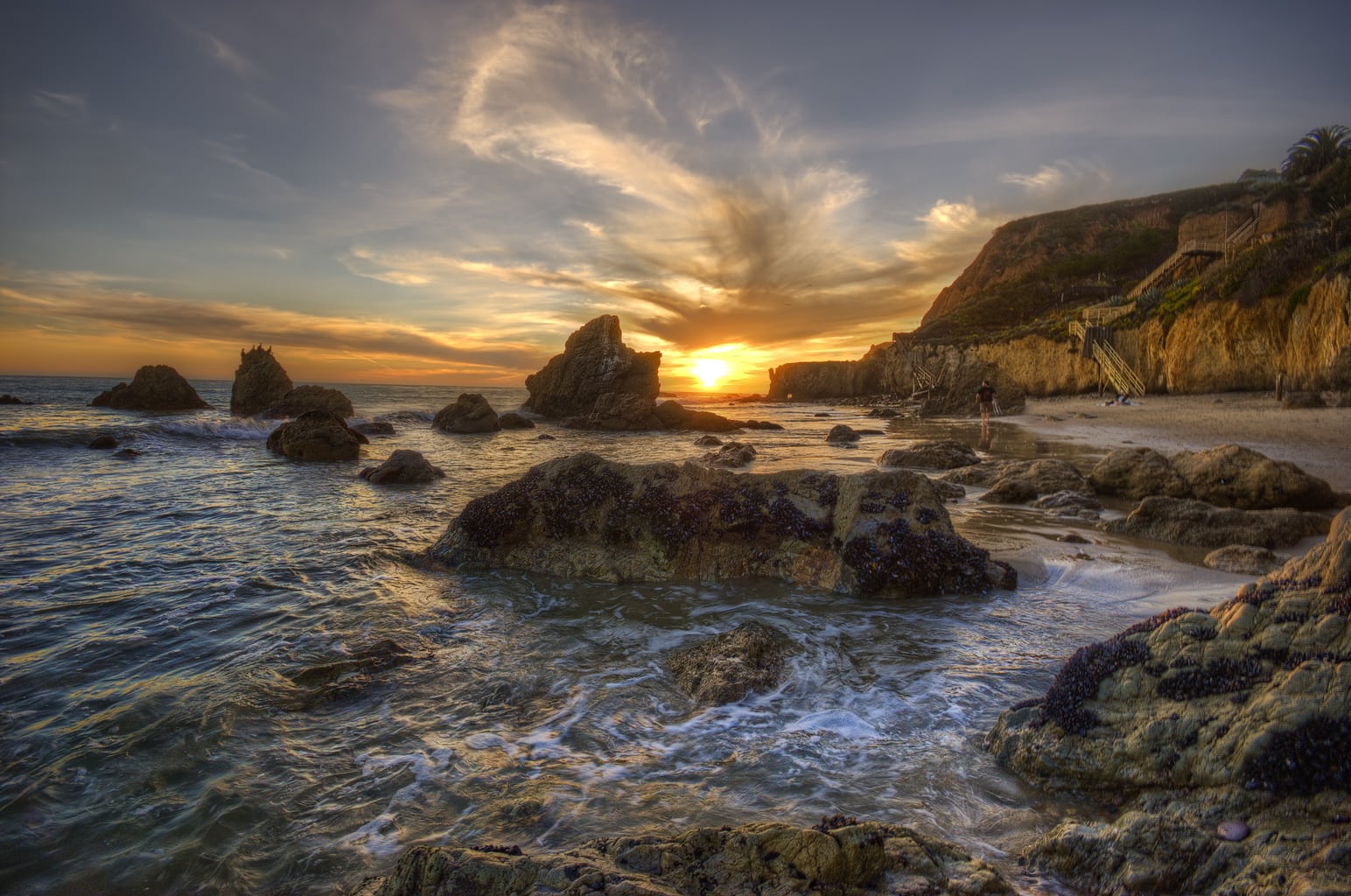
GENERAL PLANE:
This plane allows you to contemplate the full-length characters but also extensive information on the context; Allows you to recognize the subject and surroundings accurately. It is not as 'impersonal' as the previous one, but the background is still at this point, just as important on a visual level, as the object or person portrayed.
These types of images can be found in documentary photography, fashion and travel among others. It is widely used in cinematographic language because it allows the viewer to be placed in a clear and precise context.

WHOLE PLANE (OR FIGURE PLANE):
The full shot shows the subject as a whole, framed by the photograph frame from head to toe but not cutting either. In this plane, you begin to focus your attention on the character, you are able to recognize all the details and characteristics of what is portrayed, with some relevant information from the environment.
This is the close-up of those described so far, which would fall under the 'portrait' category, although it is the furthest from the subject in this type of photography. If you are interested in portraiture, I recommend that you combine this article on photography shots with this other one that talks about body language in portraiture.
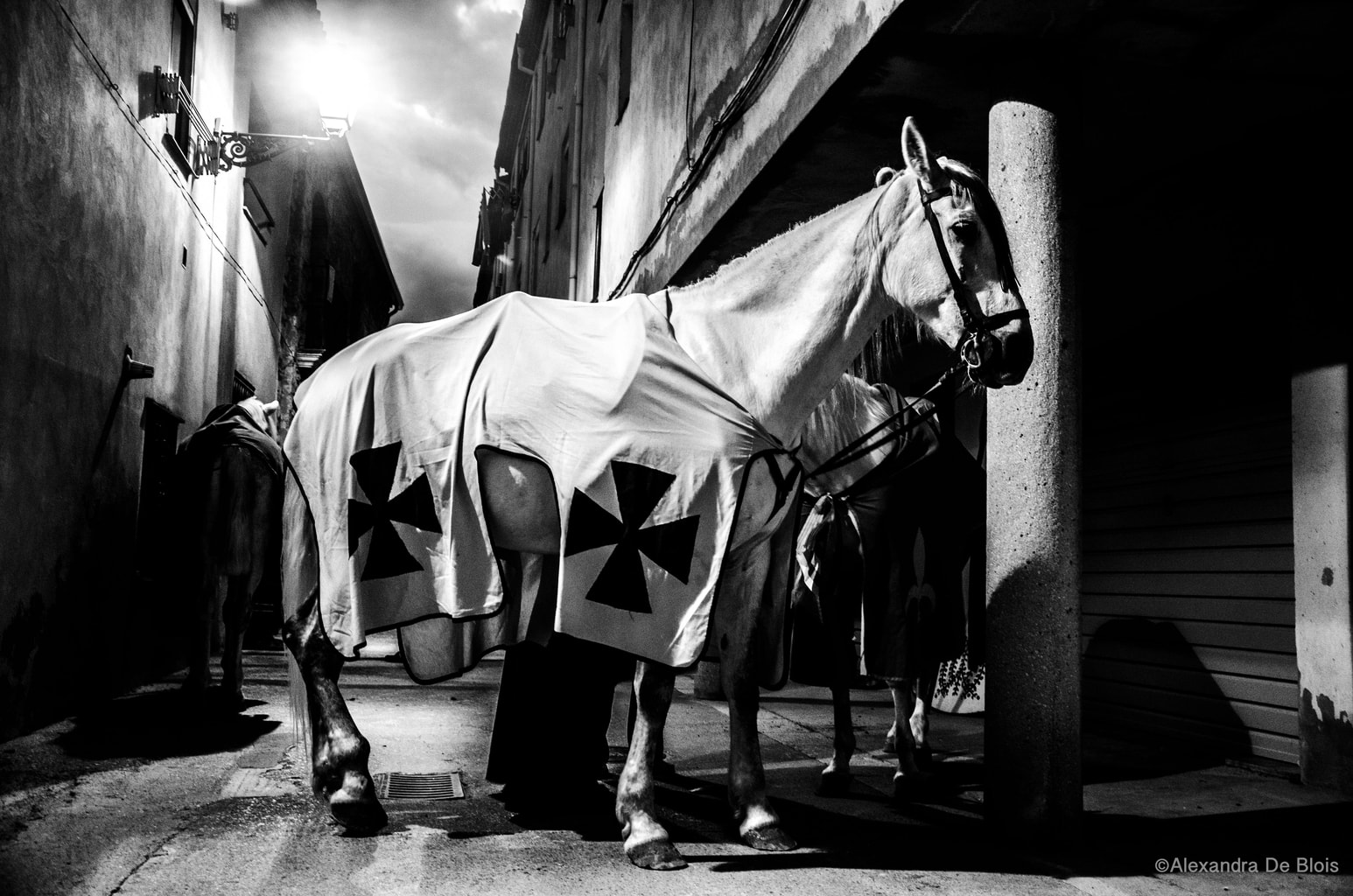
FLAT ¾ OR 'AMERICAN' FLAT:
This type of shot is known as 'American or western' because it became popular thanks to this film genre. The ¾ plane, allowed them a good framing of the cartridge belts and a good angle from which to record when they drew the weapon.
In this case, the subject is framed roughly from the head to, more or less, the knees. This type of shot allows you to sufficiently highlight the face and figure of the person.
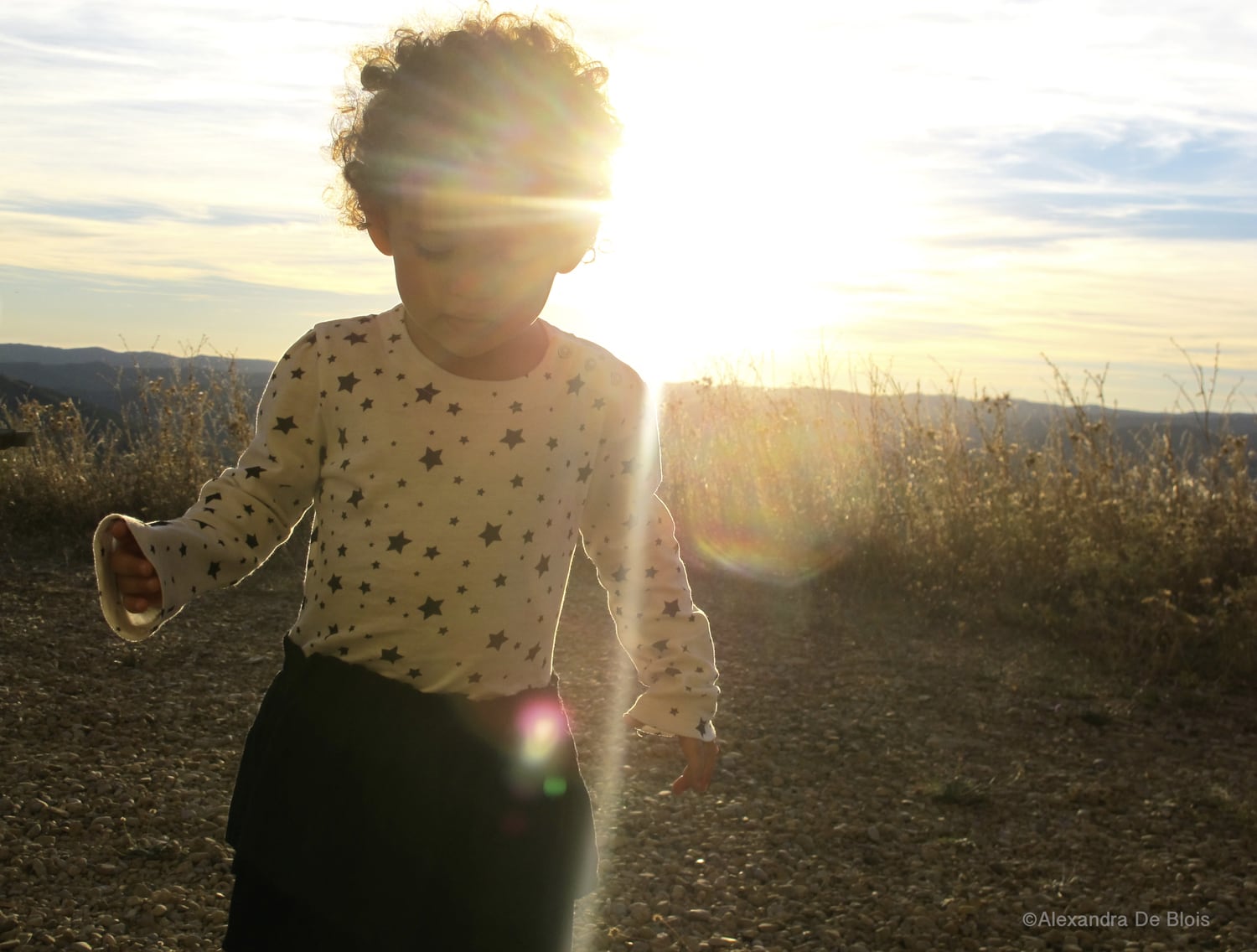
MEDIUM PLANE OR WAIST:
In this shot, you do completely focus your attention on the photographed subject, and you are getting closer, so the degree of intimacy gradually increases. This plane is characterized by framing the character from the head to the waist.
It is a shot widely used in fashion and 'formal' portraits (interviews, official portraits, news presenters...). It is considered a type of intermediate portrait in which feelings and intimacy begin to be associated with the photographed subject.
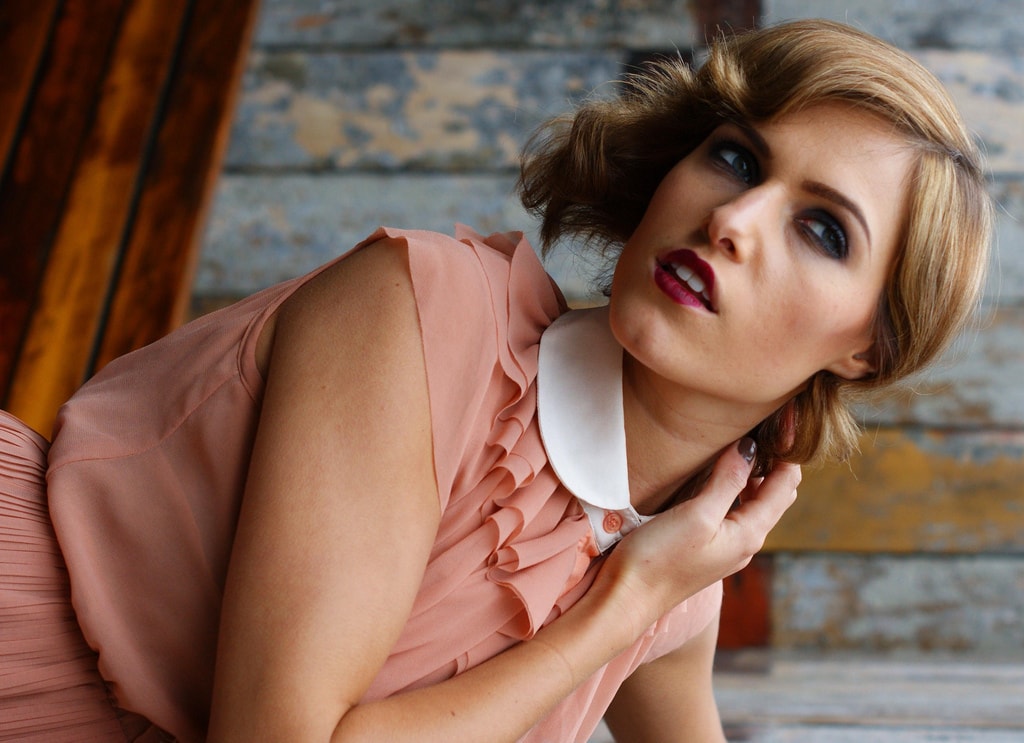
MEDIUM SHORT PLANE (OR BUST PLANE):
The short medium shot includes approximately the face and the bust of the photographed person. Here the figure appears practically out of context, especially if you shoot vertically. Its purpose is to capture feelings, they are more dramatic and descriptive images.
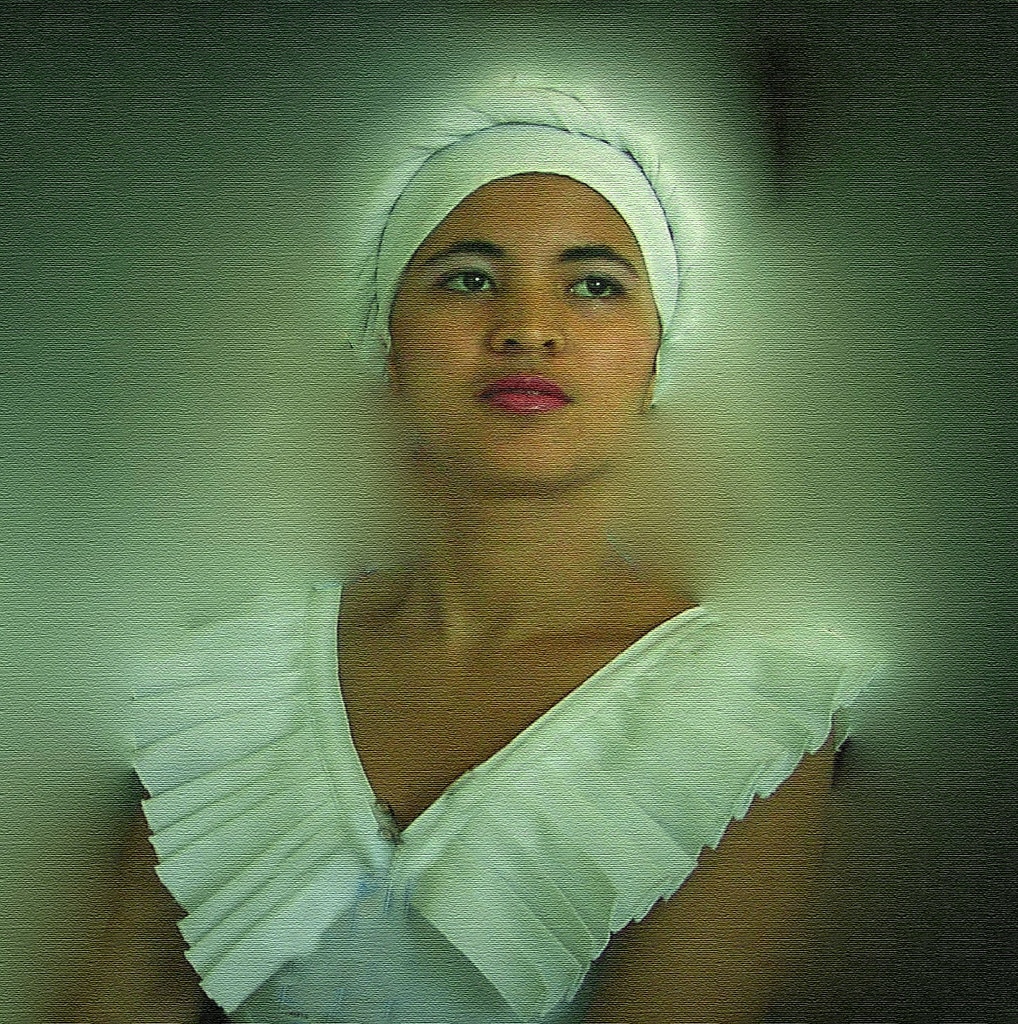
FOREGROUND:
It is a plane of the face including the shoulders or part of them. On this plane, a very high degree of intimacy is already achieved. It is intended to enhance the features of the face, the look, the expression, the gestures... it is the portrait of the face itself. He has a high emotional identification with the viewer.
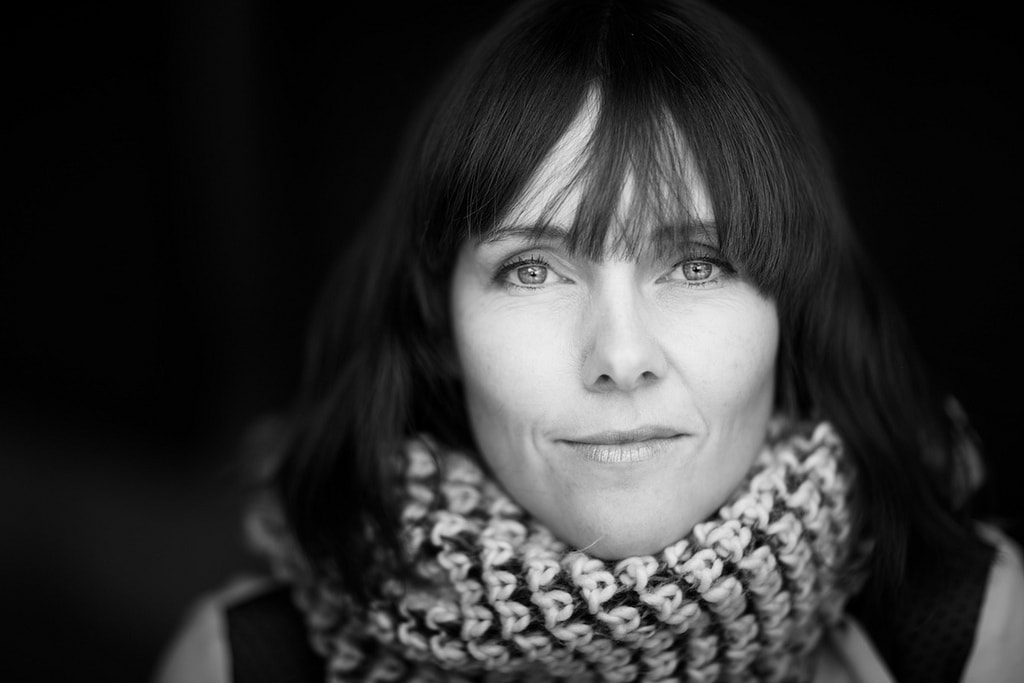
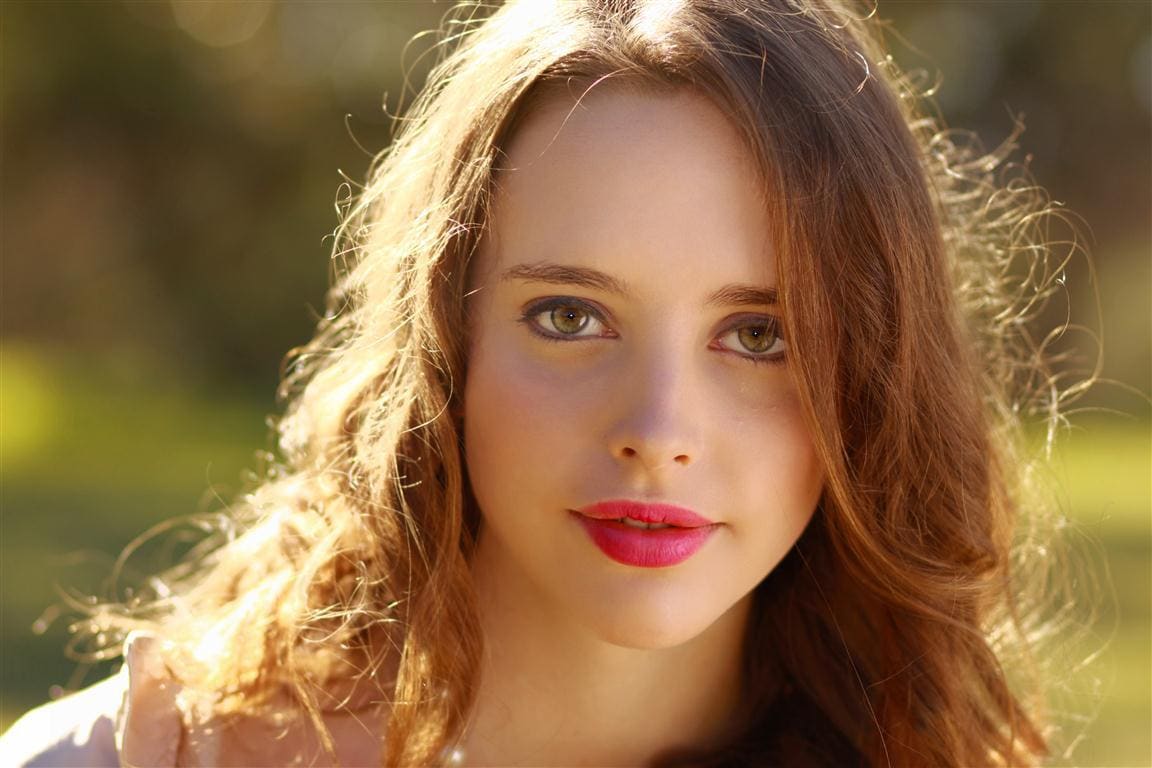
VERY CLOSE-UP:
The face completely fills the frame, so the eye is not distracted by anything in the background. The face is the message itself, through which you can express a thought, a feeling or an emotion.
In the very close-up , the degree of intimacy and closeness is extreme, as is the degree perceived by the viewer observing the image. You can perfectly analyze all the features of the face, the look, etc. It has a large intimate charge, and is usually framed from the top of the head to about the chin.
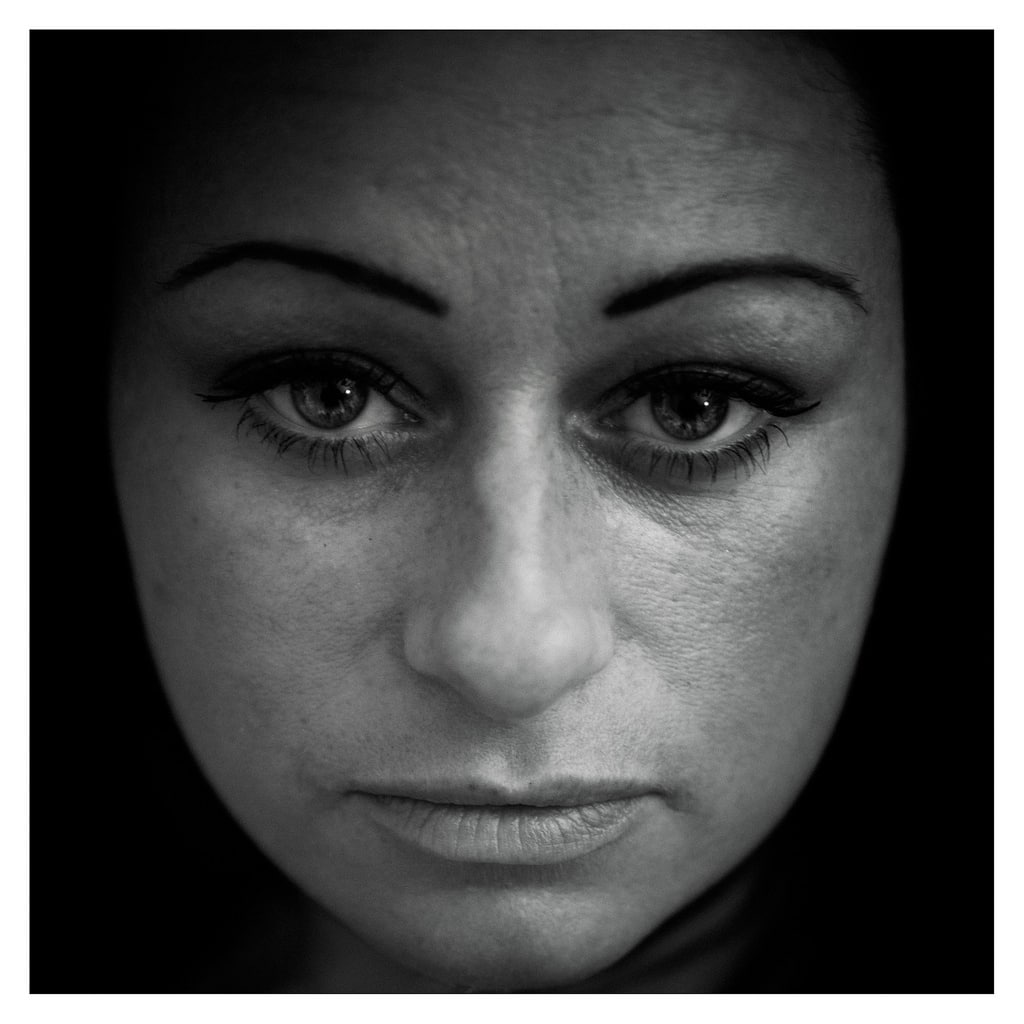
If you want more inspiration for your portraits, be sure to check out the fantastic selection of the challenge on this topic here .
DETAIL PLAN:
Shows the detail of an object or a person. If you have a macro, this is a fascinating shot, as fascinating as it is, also, to look for those details that no one else sees, to look for beauty in the little things (literally), their textures, their colors…
You can transmit many sensations with only a small fragment of reality.
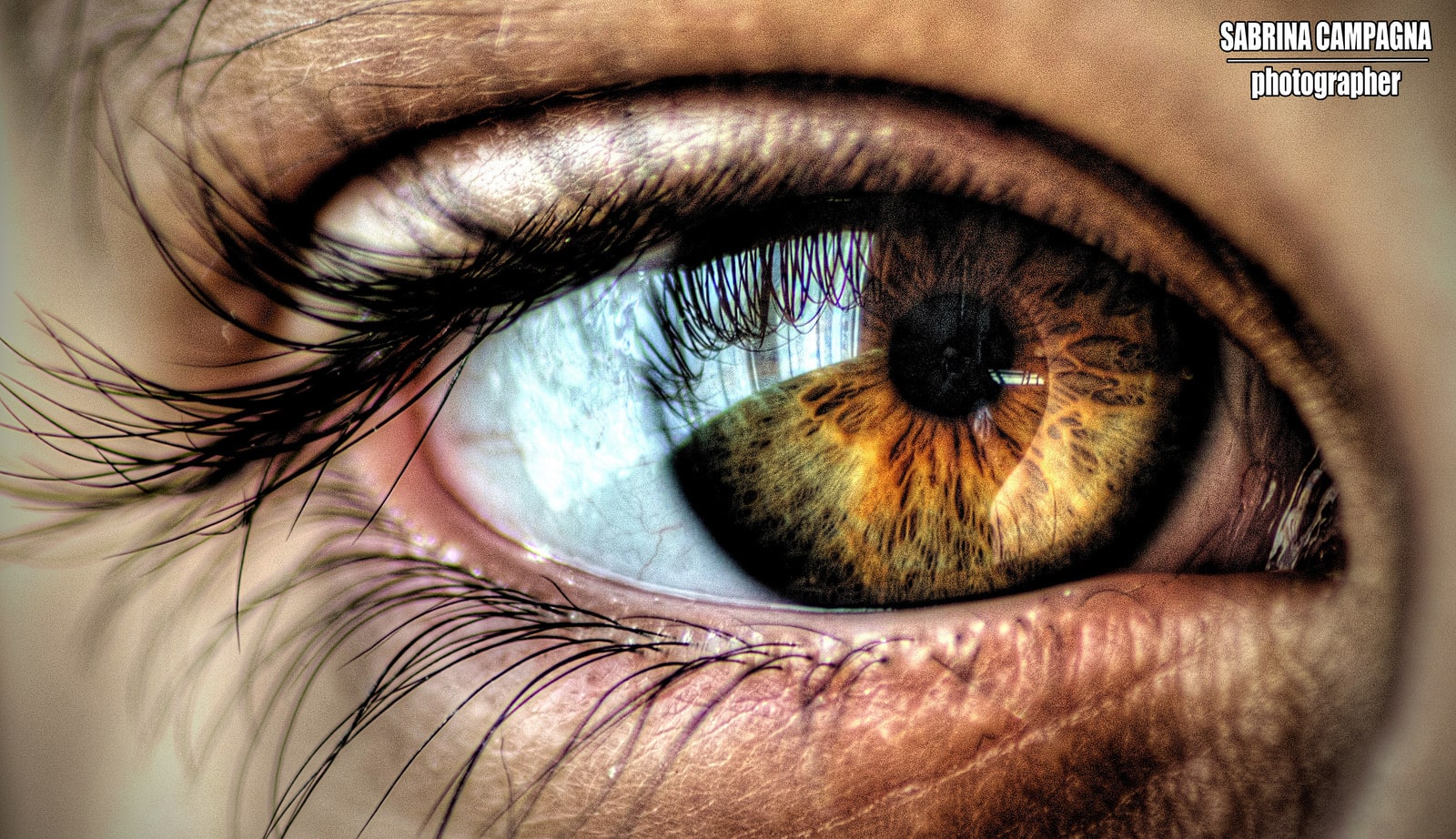
If you need some more inspiration, take a look at the selection of details you sent blog readers here .
Too many concepts? Here's a story...
Once upon a time, an ordinary morning stopped in time. You go to a square crowded with people (long general shot). As you advance, you see something that catches your attention a few meters away (general shot), you continue advancing to observe it better, you are only a few meters away; at this height you can clearly distinguish the silhouette, from head to toe (full shot). Since everything is still stopped and no one is watching you, you decide to get even closer to see clearly. At this point you are close enough to distinguish it perfectly, although as you look straight ahead, you begin to lose the information of the lower part of the figure (3/4 shot), one more step and you can perfectly glimpse your subject from the waist up (medium shot). or waist), just a little more, if you reach out your hand you can touch it, although since everything is a bit strange, you prefer not to do it... A little more, now you only focus on the bust and the face, (medium shot), another step, shoulders and face (close-up), and finally, you are so close that you have his face right in front of yours (you pray that no one is looking at you or that the world does not turn again right now), you analyze in detail all his expression, his features, his gaze (very close-up), but what you What interests you is not in the face, it is in those eyes, so you get even closer and look in the reflection (detailed shot). You are surprised by what you are seeing, that reflection... it does not reflect the square, you recognize the sofa, the shelf with the books, the carpet, that horrible painting that they gave you for your birthday... shoulders and face (close-up), and finally, you are so close that you have his face right in front of yours (you pray that nobody is looking at you or that the world does not turn again right now), you analyze in detail all his expression , her features, her look (very close-up), but what interests you is not in the face, it is in those eyes, so you get even closer and look in the reflection (detailed shot). You are surprised by what you are seeing, that reflection... it does not reflect the square, you recognize the sofa, the shelf with the books, the carpet, that horrible painting that they gave you for your birthday... shoulders and face (close-up), and finally, you are so close that you have his face right in front of yours (you pray that nobody is looking at you or that the world does not turn again right now), you analyze in detail all his expression , her features, her look (very close-up), but what interests you is not in the face, it is in those eyes, so you get even closer and look in the reflection (detailed shot). You are surprised by what you are seeing, that reflection... it does not reflect the square, you recognize the sofa, the shelf with the books, the carpet, that horrible painting that they gave you for your birthday... her gaze (very close-up), but what interests you is not in the face, it's in those eyes, so you get even closer and look in the reflection (detailed shot). You are surprised by what you are seeing, that reflection... it does not reflect the square, you recognize the sofa, the shelf with the books, the carpet, that horrible painting that they gave you for your birthday... her gaze (very close-up), but what interests you is not in the face, it's in those eyes, so you get even closer and look in the reflection (detailed shot). You are surprised by what you are seeing, that reflection... it does not reflect the square, you recognize the sofa, the shelf with the books, the carpet, that horrible painting that they gave you for your birthday...
TYPES OF PHOTOGRAPHIC PLANES DEPENDING ON THE ANGLE OF THE CAMERA:
CENITAL PLANE:
The camera is positioned above the character at a perpendicular angle . That is, you are just above what you are photographing, and what you are photographing is just below.
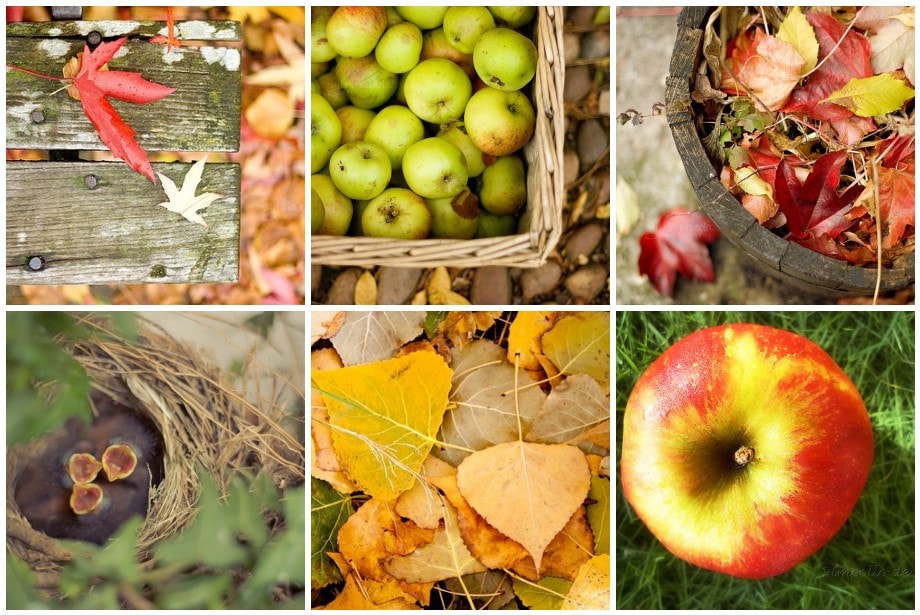
CHOPPED FLAT:
The camera is located above the character but at a more open angle than the zenith. This type of angle endows your subject with a certain dramatic charge, since you position your character or object below a 'normal' angle, which dwarfs it, and endows it with a certain degree of vulnerability. You can use it in any type of photography, but you will see that it is common in children's photography (since they are naturally smaller).
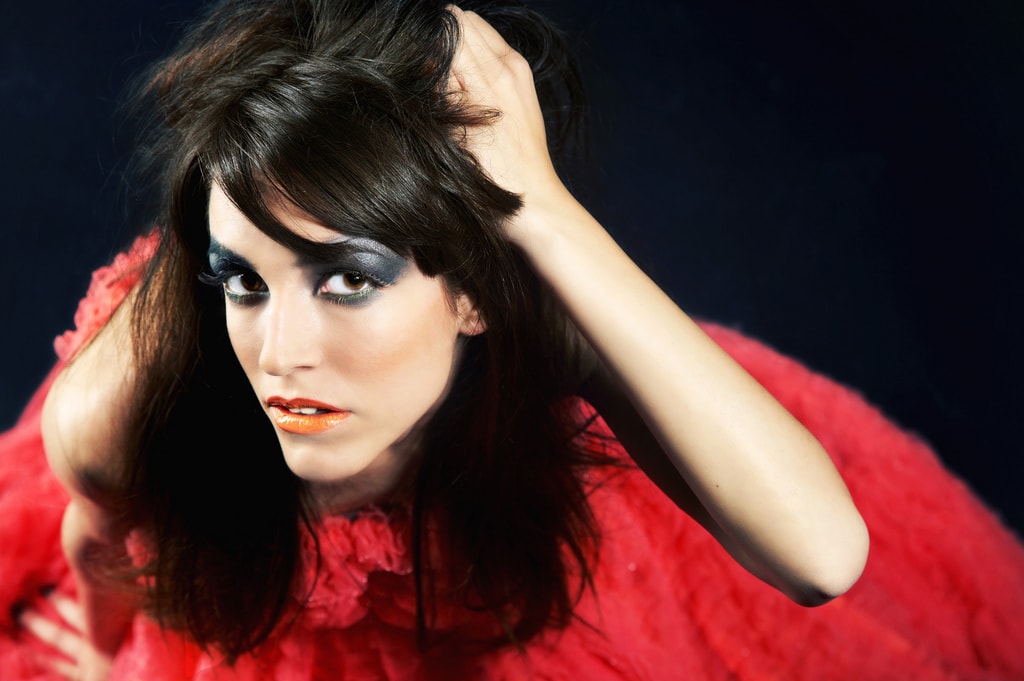
NORMAL PLANE:
The camera is positioned parallel to the ground, that is, both you and your camera are facing the character or object. It is our habitual way of looking, it evokes closeness and trust.
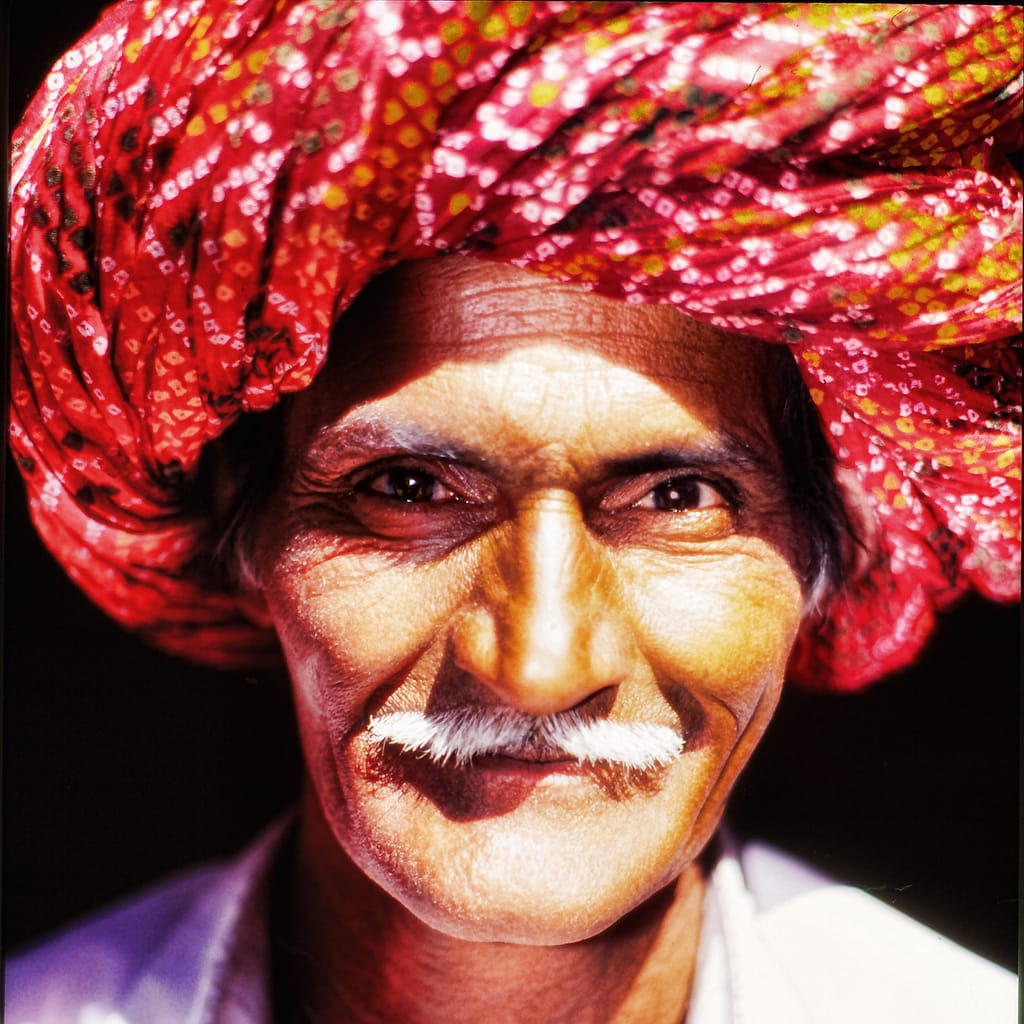
CONTRA-CHOPPED PLANE:
The camera is located below the character. This point of view enhances the character, gives him strength and grandeur.

NADIR PLANE:
The camera is positioned completely below the character and perpendicular to the ground. If the counter-dive enlarges the character, the nadir gives him almost unreal proportions.
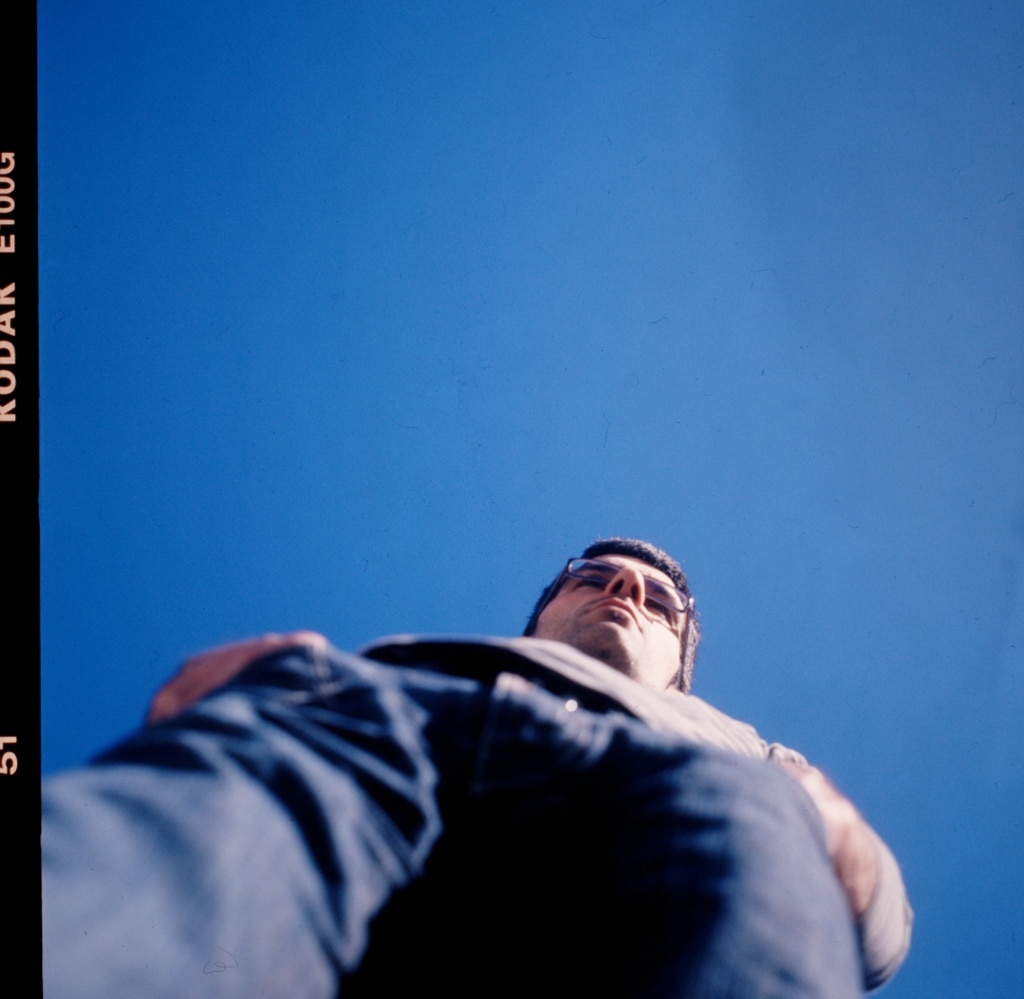
You can see them all grouped in this scheme that I show you below:

OTHER TYPES OF PLANS:
CONTRA-PLAN:
It is quite a cinematographic shot but you can also use it in photography. It is about using two planes, one opposed to the other or in response to the other. For example, a back facing our main character can give us a feeling of connection, conversation or relationship between the two characters that appear, even if we simply see the back of one.
SUBJECTIVE PLANE:
It is a plane that in a single photographic image does not make much sense, since it is used in cinema to show subjectively what the protagonist is seeing at that moment. It can, however, be useful in a photographic series, so I present it to you just in case
I think the moral of this article could be summed up in an imperative that I hope you agree with... Get moving! Forward, backward, approach, move away, climb a ladder, drop to the ground...
Get dirty, challenge the heights, have fun, which in the end is always the most important thing. Do you want that photograph? Go for it If you get it, your pants full of mud, your sweater holed by the branch of the tree you climbed to get that overhead... it will all be worth it.
When you finally get home and download that image… You should see your face in that magical instant. I got it! (And if photography doesn't just turn out well for you, with everything you've learned about shots in this article, you'll always have cinema ;-))

